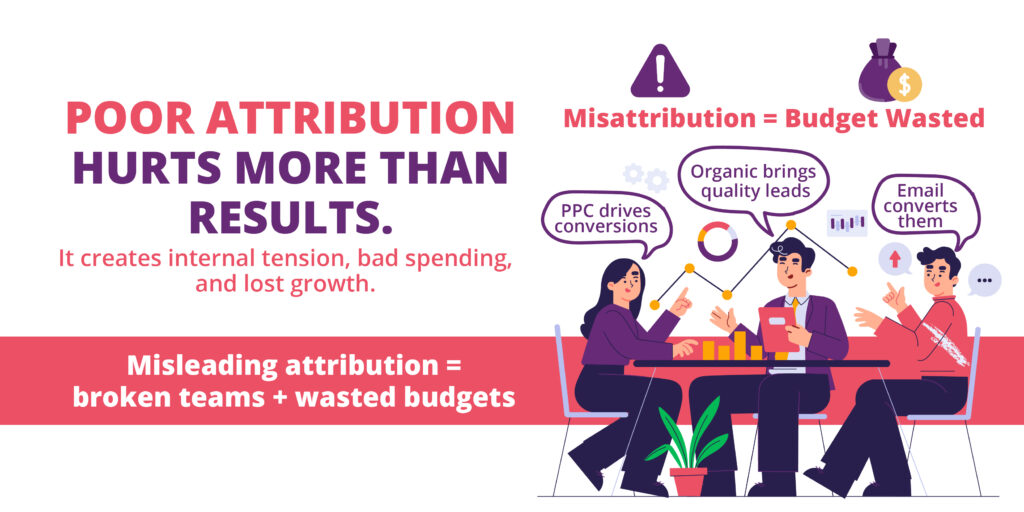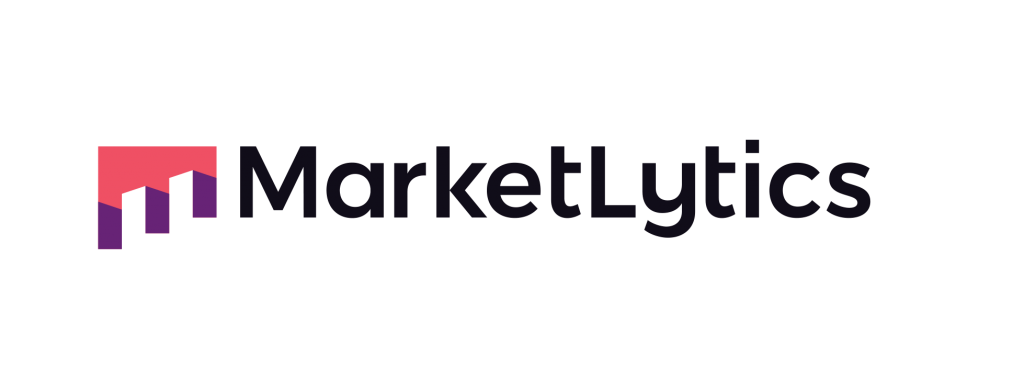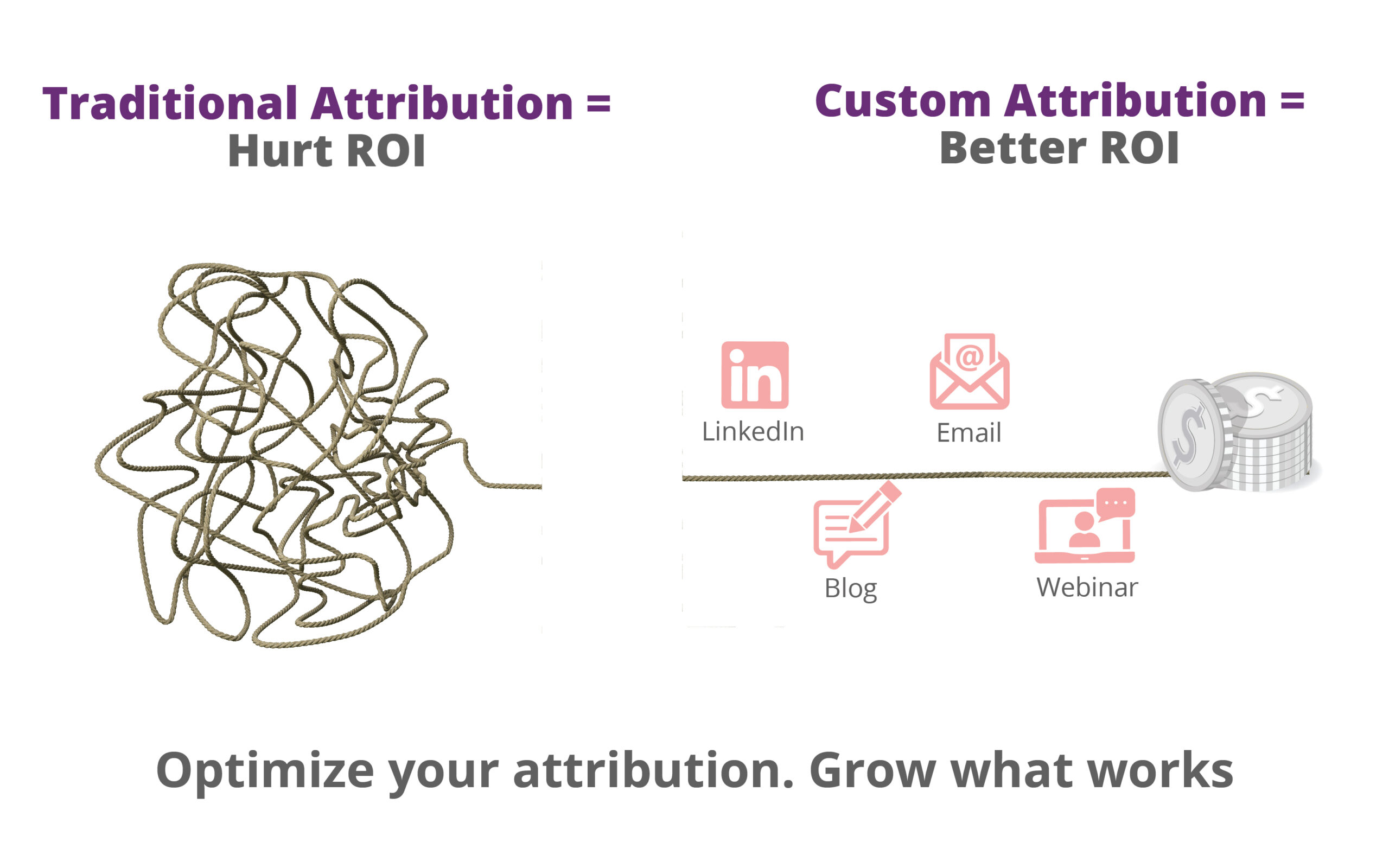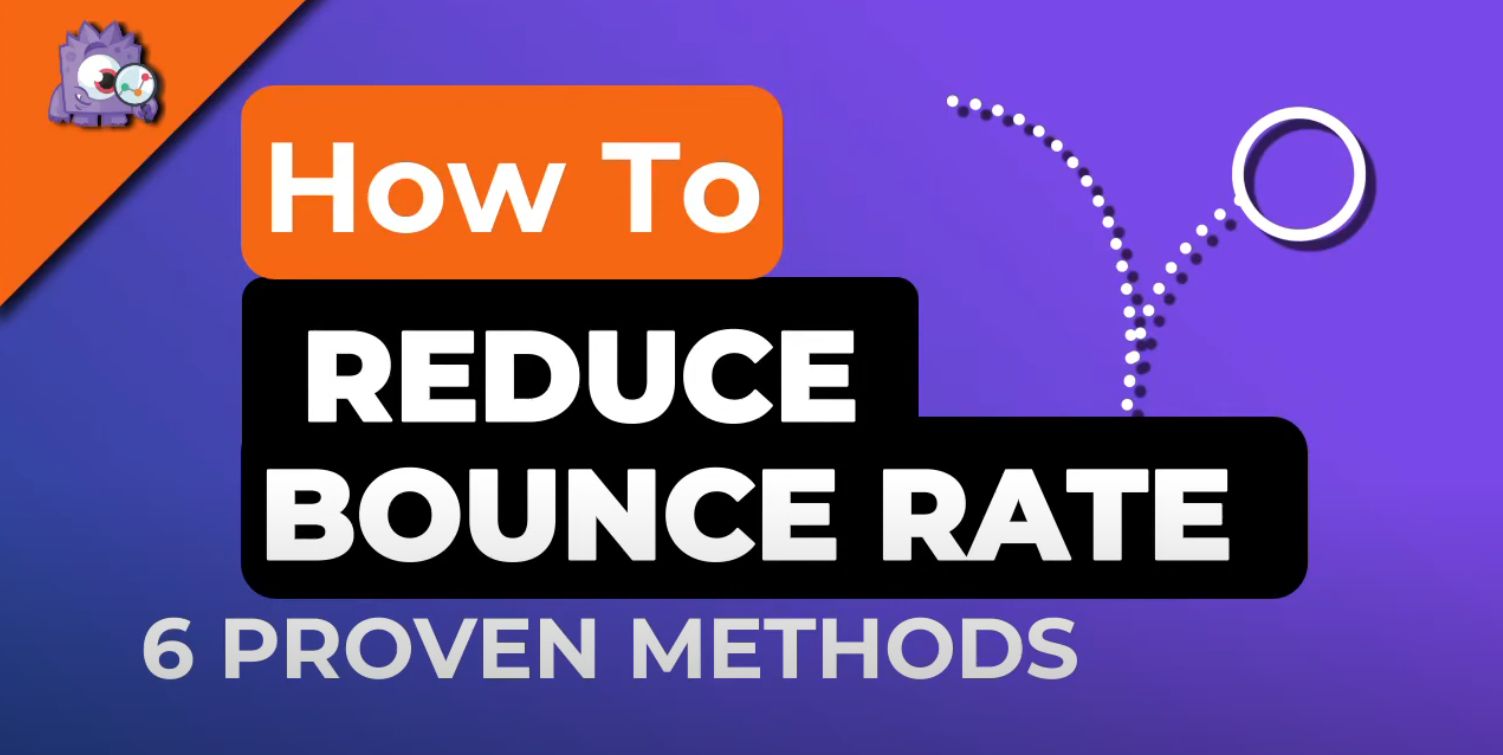Introduction: What Happens When Attribution Goes Wrong?
Marketing leaders are under constant pressure to prove ROI and justify budget allocations, yet many still struggle to track marketing effectiveness accurately.
You invest in:
- LinkedIn ads for brand awareness
- SEO & content marketing to educate potential customers
- Email campaigns to nurture leads
- Webinars & case studies to build trust
- PPC ads to drive conversions
When it’s time to evaluate performance and allocate the next quarter’s budget, you realize you don’t have a clear answer to the most critical questions:
- Which channels are actually driving revenue?
- Are we spending too much on low-impact campaigns?
- What should we cut, and where should we invest more?
If you’re relying on flawed attribution models, these decisions are based on misleading data.

This blog will dive into:
- Why traditional attribution models are misleading and outdated
- The hidden costs of poor attribution ,team conflicts, wasted budget, and missed revenue
- How custom attribution models ensure better decision-making
- A step-by-step guide to implementing a data-driven attribution strategy
The Hidden Costs of Poor Attribution
Attribution isn’t just about tracking conversions—it influences how teams work together, how budgets are allocated, and how executives make decisions.
1. Mistrust & Internal Conflicts Between Teams
Marketing teams rely on attribution to measure success, but when attribution models fail, frustration builds:
- Paid media teams claim PPC is driving revenue
- SEO teams argue that organic search is under-credited
- Email marketers insist that nurturing campaigns are influencing conversions.
When one team’s contribution is overlooked, it leads to:
- Tension between teams competing for credit
- Performance reports becoming political rather than insightful
- A lack of collaboration between paid, organic, and sales teams
Example:
A B2B company relied on last-click attribution, which credited PPC for most conversions. However, analysis showed that 75% of those leads first engaged through organic search and email nurturing.
Because the SEO and email teams weren’t getting recognized, resources shifted to PPC, leading to fewer high-quality leads and a drop in overall revenue.
2. Budget Misallocation & Wasted Marketing Spend
If attribution models overvalue or undervalue certain channels, companies waste budget on the wrong strategies.
Common Misallocation Mistakes Due to Poor Attribution:
- Overfunding low-impact channels (e.g., PPC) while underfunding brand-building efforts
- Cutting top-of-funnel marketing activities like content and thought leadership
- Ignoring indirect influence channels such as organic search and retargeting
Example:
A SaaS company allocated 60% of its budget to PPC, assuming it was their best-performing channel.
After implementing custom attribution, they discovered:
- SEO and LinkedIn Ads were driving 50% of high-value leads
- Email nurturing was essential in converting those leads
- PPC played a role but was over-credited
By reallocating their budget, they increased ROI by 40% in just three months.

Why Traditional Attribution Models Fall Short
Many businesses rely on built-in attribution models from Google Analytics, Facebook Ads, or their CRM. These models offer basic tracking but fail to reflect real customer behavior.
| Attribution Model | How It Works | Why It Fails |
| Last-Click Attribution | Assigns all credit to the final interaction. | Ignores everything that happened earlier in the customer journey. |
| First-Click Attribution | Credits the first touchpoint. | Misses all later interactions that contributed to the sale. |
| Linear Attribution | Distributes credit equally across all interactions. | Treats all touchpoints the same, even if some had a stronger impact. |
| Time Decay Attribution | Gives more credit to interactions closer to conversion. | Undervalues long-term brand awareness efforts. |
The real problem? These models don’t reflect how customers actually make decisions—leading to misguided budget allocation and ineffective marketing strategies.
Custom Attribution: The Smarter Approach
- Assigning value to touchpoints based on real engagement and influence
- Incorporating cross-channel interactions (organic, paid, offline, sales touchpoints)
- Using AI and data-driven analytics to optimize weighting dynamically
Key Benefits of Custom Attribution
- More accurate customer journey tracking
- Eliminates overinvestment in underperforming channels
- Fairly credits marketing & sales efforts
- Aligns budget allocation with actual revenue impact
Example:
A tech company that relied on last-click attribution was overinvesting in Google Ads, believing it was the primary driver of sales.
After switching to a custom attribution model, they found:
- LinkedIn and webinars played a significant role in lead nurturing
- Email campaigns were essential in driving final conversions
- Their top-performing PPC campaign was actually targeting customers
- who had already engaged elsewhere
How to Build a Custom Attribution Model in 5 Steps
Want to make smarter marketing decisions? Follow these steps:
Step 1: Identify Key Touchpoints
- Where do customers first engage with your brand?
- What are the most common conversion paths?
- How long is your sales cycle?
Step 2: Assign Weighted Credit to Each Touchpoint
- Not all interactions contribute equally—use historical data to analyze impact.
- Use machine learning to automate weighting based on actual conversion patterns.
Step 3: Integrate CRM & Analytics for Full-Funnel Tracking
- Connect Google Analytics 4, HubSpot, Salesforce, and ad platforms.
- Incorporate offline interactions (sales calls, events, referrals, etc.).
Step 4: Test & Optimize Using Data Driven Models
- Attribution isn’t static—customer behaviors evolve.
- Regularly analyze performance and refine models based on new data.
- Machine learning based models (like Markov chains) to test your assumption and independently validate if your attribution logic is correct
Step 5: Align Marketing & Sales Teams on Attribution Insights
- Use attribution data to bridge the gap between marketing and sales.
- Ensure budgets are aligned with revenue-driving activities.
FAQs: Custom Attribution & Business Growth
Q: Why is last-click attribution flawed?
It ignores early and mid-funnel interactions, leading to misleading performance reports.
Q: How do I track offline marketing touchpoints?
Integrate CRM data, call tracking, QR codes, and sales team insights into your attribution model.
Q: How long does it take to implement a custom attribution model?
Most businesses see improvements in 3-6 months, but ongoing refinement is key.
Q: What industries benefit most from custom attribution?
B2B SaaS, eCommerce, financial services, and any business with multi-touch marketing.






